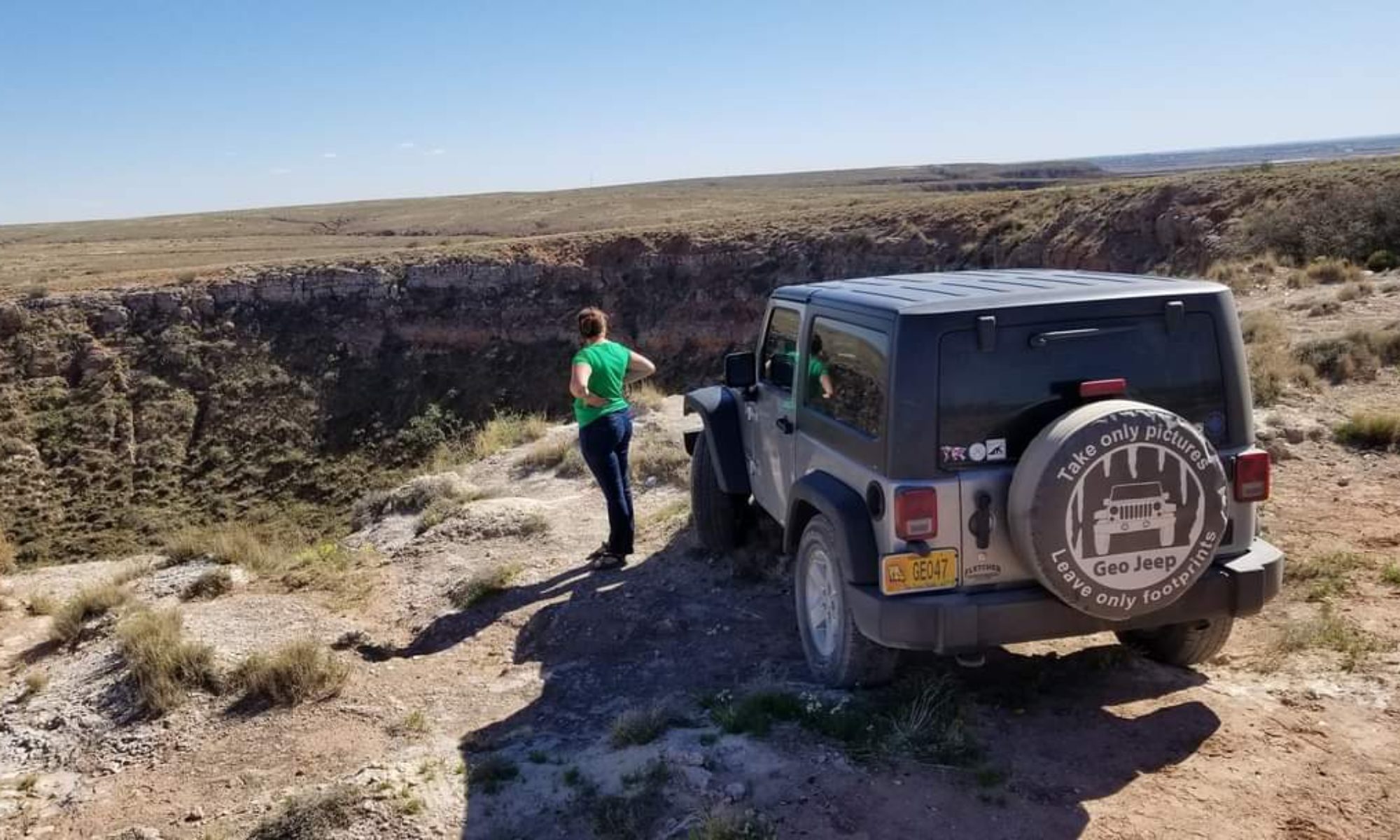It wasn’t a long drive into Wisconsin, but I could already detect the change in dialect. When I bought my groceries I was no longer offered a “Bag” I was offered a “Beg”, and the word tomorrow had an unusual accent on the second “o” that I wasn’t used to. Yep, I was in dairy land alright.
My first official stop, after buying my groceries for the night, was at Cave of the Mounds in Blue Mounds, WI. A cave that sat beneath a lead prospector’s feet for more than 100 years before the cave was discovered during a blasting in 1939. After almost a year of the family guarding the new cave entrance by rifle to curiosity seekers, the cave was open to the public in 1940 and has been ever since.
It, like it’s neighbor to the East in Iowa (see day 34), is located in the Galena carbonate rock formation. It was mostly formed in a typical carbonic acid/water erosion fashion, but some areas were enlarged with sulphuric acid that bubbled up as the water mixed with the sulphur in the galena (PbS). The speleothem development in Cave of the Mounds is pretty sparse, and it has a lot more of the colored varities than Crystal Lake Cave. In fact, the iron oxide staining in some areas is so prnounced that it looks blood red, as if someone had just maimed themselves on the stalagmite.
Everyone I met at Cave of the Mounds, even though it is privately owned, was very helpful. There were several people on staff that were knowledgeable about the geology of the cave and the surrounding area, and they gave me contact information in case I needed any other information for my personal research project. It was hard to leave the cave, but it was time to head a little further North into Wisconsin to my next campsite: Devil’s Lake State park.
Devil’s Lake State Park is focused around a glacial lake that has no stream inlet to speak of. All of it’s water is either remnant from the last ice age, or a result of precipitation. The lake is beautiful and they have been working hard to restore it after levels of a certain chemical were unsafe and caused “swimmers itch” (something I still don’t quite know much about). It has many, many campsites and if you get into the Ice Age campground you have wooded lots that are fairly private.
I enjoyed some cheese curds, cooked up a stir fry, and drank a local brew called “The Spotted Cow” next to my toasty camp fire. Although I was alone at the campsite, I certainly wasn’t lonely. There was a caterpillar that seemed fixated on crawling on me, as I would throw it into the woods only to have it return half an hour later. Ok,.. who am I kidding, I was a little lonely.

Honestly, camping alone is pretty tough….I enjoy it from time to time, but after a while it can wear on you. I am very excited that my friends will be joining my in South Dakota, more friends joining me in Yellowstone, and another friend in Glacier. I just hope I haven’t grown so accustomed to being alone that I am a terrible host!
Tomorrow I head on to Minnesota, where I will tour yet another cave and experience another unique camp site. I’m slowly getting closer to the big, openness of the West and I can’t wait. Nothing feels more like home…
-Nicole

